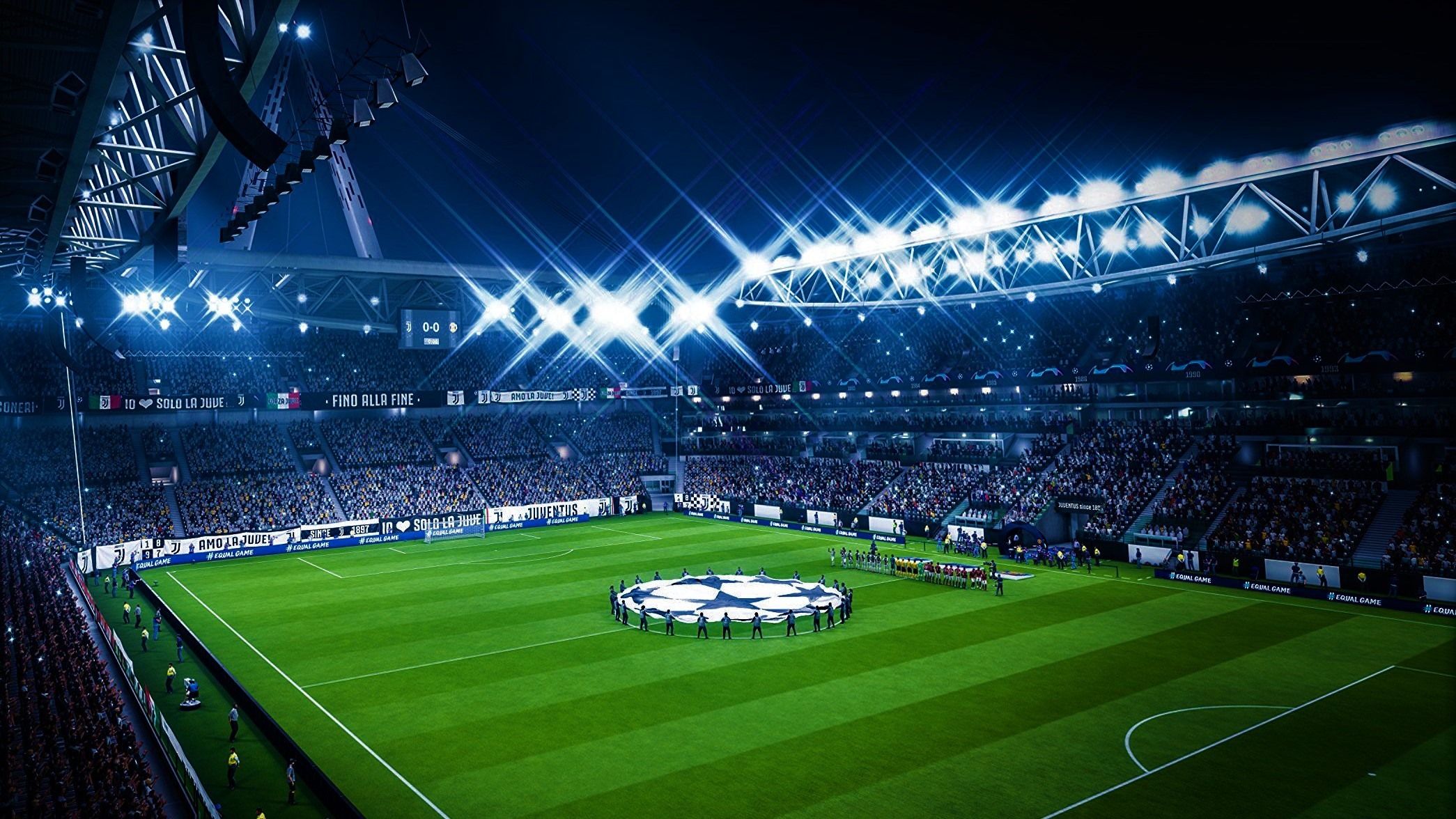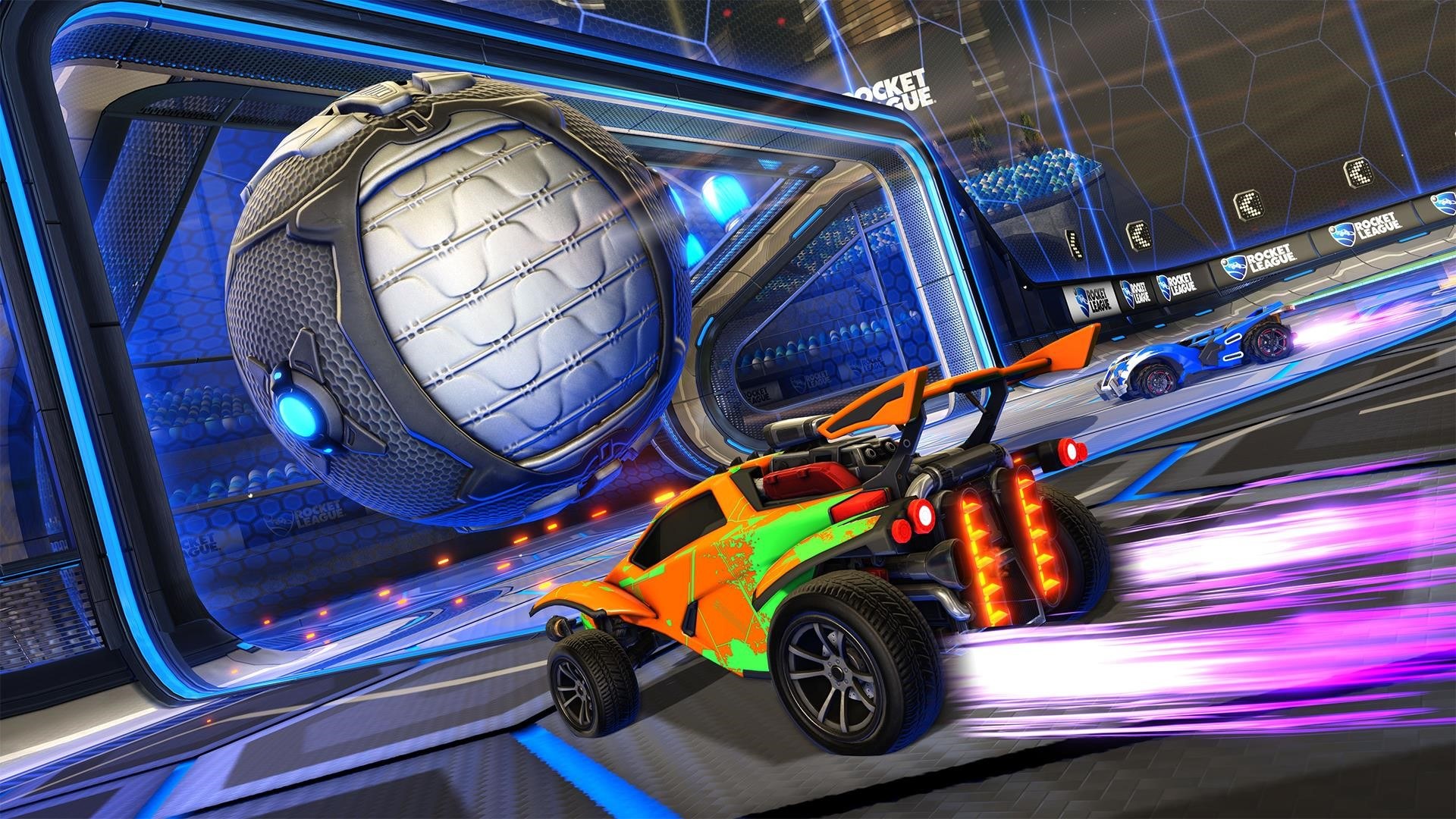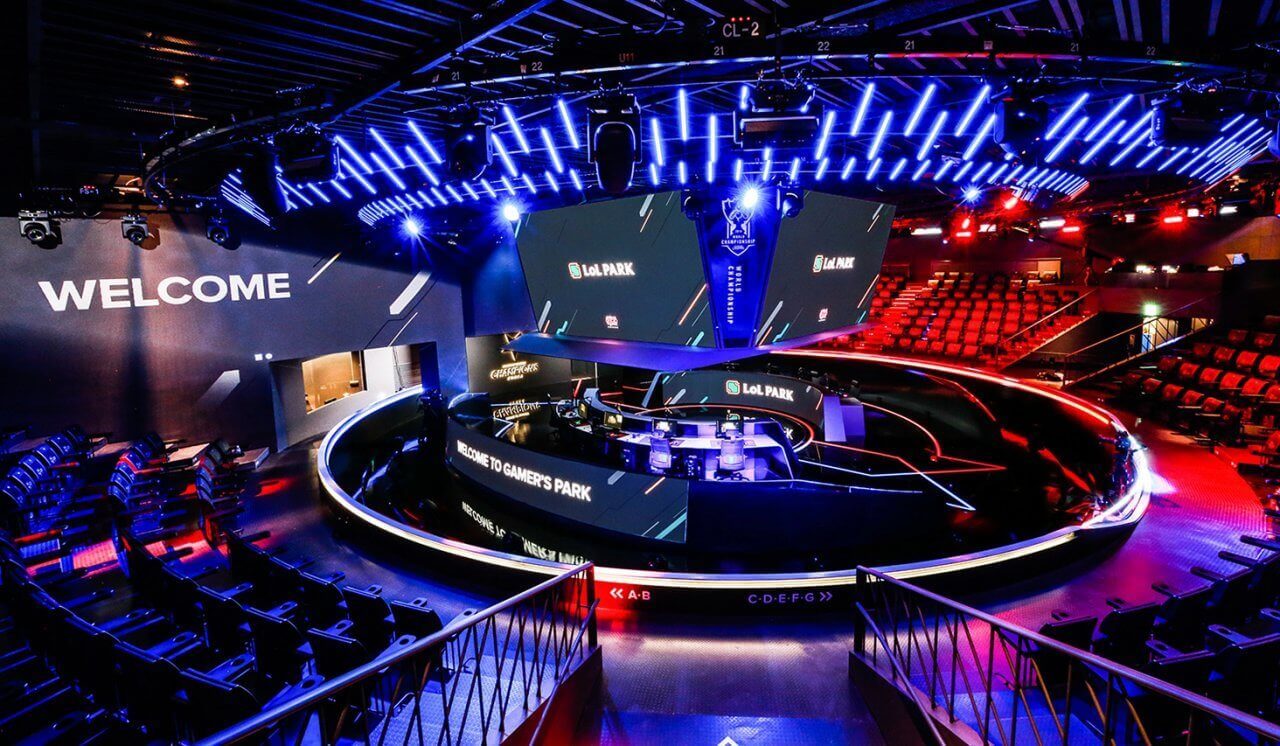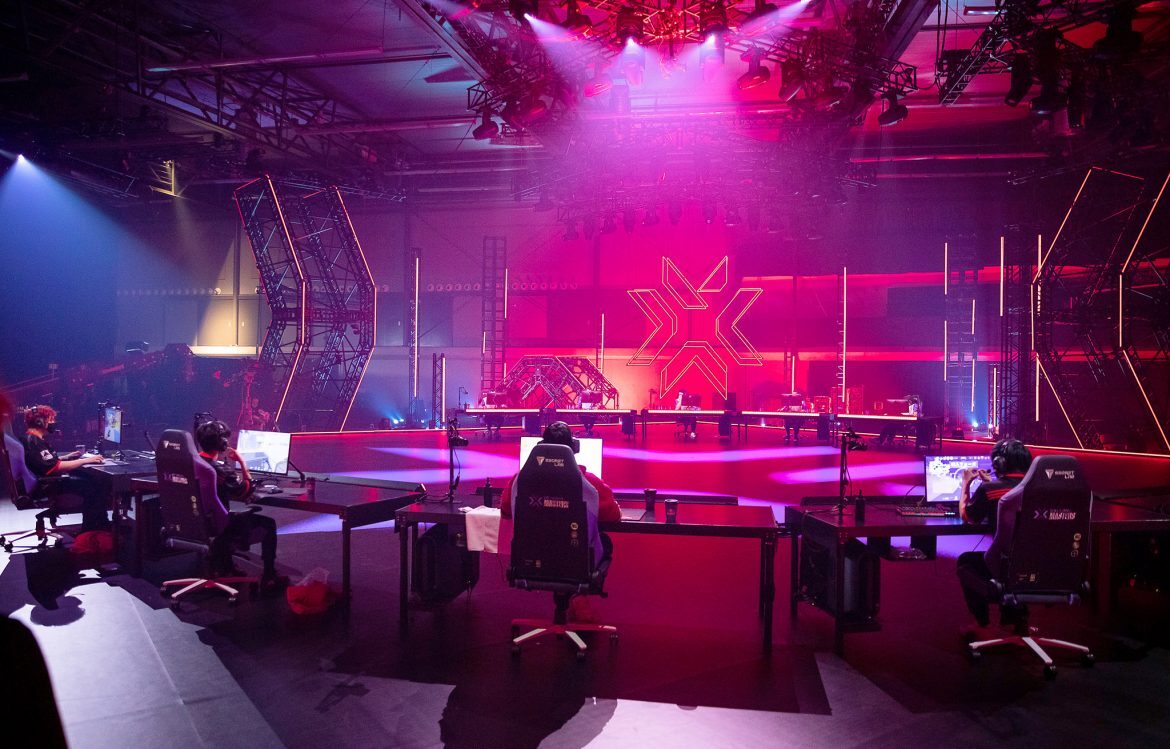
The information on regional leagues we'll look into is still unconfirmed, but chances are Valve will make it official to the public soon.
The current Dota Pro Circuit
The DPC was first introduced in 2017 and it changed the way the competitive scene worked. Majors were fetched to third-party tournament organizers who also received a $500,000 sponsorship from Valve. Combined with the minimum provided by the organizer which also stood at the same amount, the $1,000,000 prize pool for Major events came to be.
Minors were also created in order to cater to the Tier 2 Dota scene. They followed the same logic when it came to the prize pool, but with $150,000 from each side, coming up to a total of $300,000. The community was thrilled to finally have proving grounds for new teams to grow and improve and eventually join the top-tier Dota 2. We're now almost amid the third season in a row with this system and we can definitely say that Minors have failed to fulfill their purpose. Their viewership numbers were also very low when compared to the popularity that Majors brought.
What's next?
According to sources, after the conclusion of The International 10, the system will be reworked once again. Minors will disappear completely and the number of Majors per season will drop from the usual five we've seen so far to three. But what will the teams be doing in all that spare time you may ask? Regional leagues.
Instead of Minors, we'll have regional leagues for the six separate regions which will remain unchanged. The leagues will be split into Tier 1 and Tier 2. The Tier 1 league will include the top teams we're all familiar with, while Tier 2 will be the new proving grounds. Anyone will be able to join, but they'll have to go through open qualifiers and start from Tier 2.
With only three Major tournaments throughout the season, the aforementioned leagues will run for a longer period. The top two performing teams from Tier 2 will move to Tier 1, and the bottom two of Tier 1 will be demoted to Tier 2. Teams at the bottom of Tier 2 will eventually lose their spot in the league and the only way to get back will be through open qualifiers once again. Higher placement will mean more points and a better chance to get an invite to the Major events.If a team wants to switch the region they compete in, they'll be forced to forfeit their current standing in the regional league and start anew. This raises a couple of questions about mass player transfers from one region to another, but those will hopefully be clarified in the future.
Prize pools
Since the number of Majors is dropping from five to three, we can expect that the prize pool will be increased by a fair amount. That might not be the case, though, as the regional leagues will also reward participating teams, but for now, the amounts are unclear. It would be a nice touch by Valve to distribute funds in such a way that even the Tier 2 teams are able to sustain themselves.
A step in the right direction
As we mentioned earlier, the Minors failed, so the upcoming regional leagues in the next season will be a welcome addition. Dota 2 has always struggled to balance between maintaining viewership with massive international events and providing a Tier 2 scene. Overall, the regional leagues will give fans more Dota 2 matches, spread more evenly in time. In the current system, we'd usually have a full week of non-stop games which could be tiring for players, casters, and fans. The entire extravaganza was then followed by a drought.
Valve's plans for next season seem really promising if handled right and we can only hope that the regional leagues will go as smoothly as possible.






























